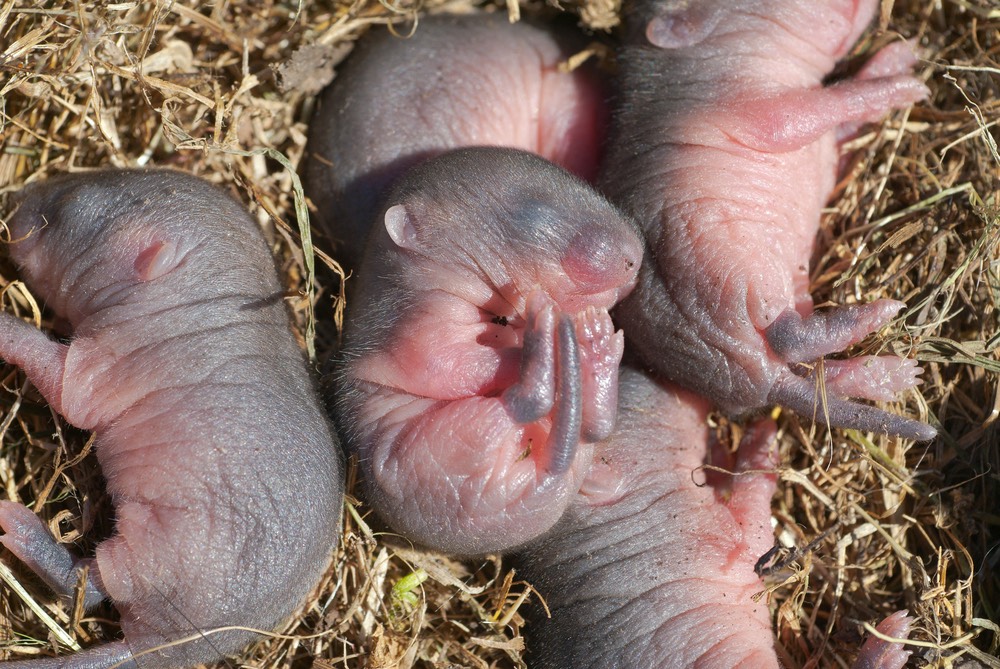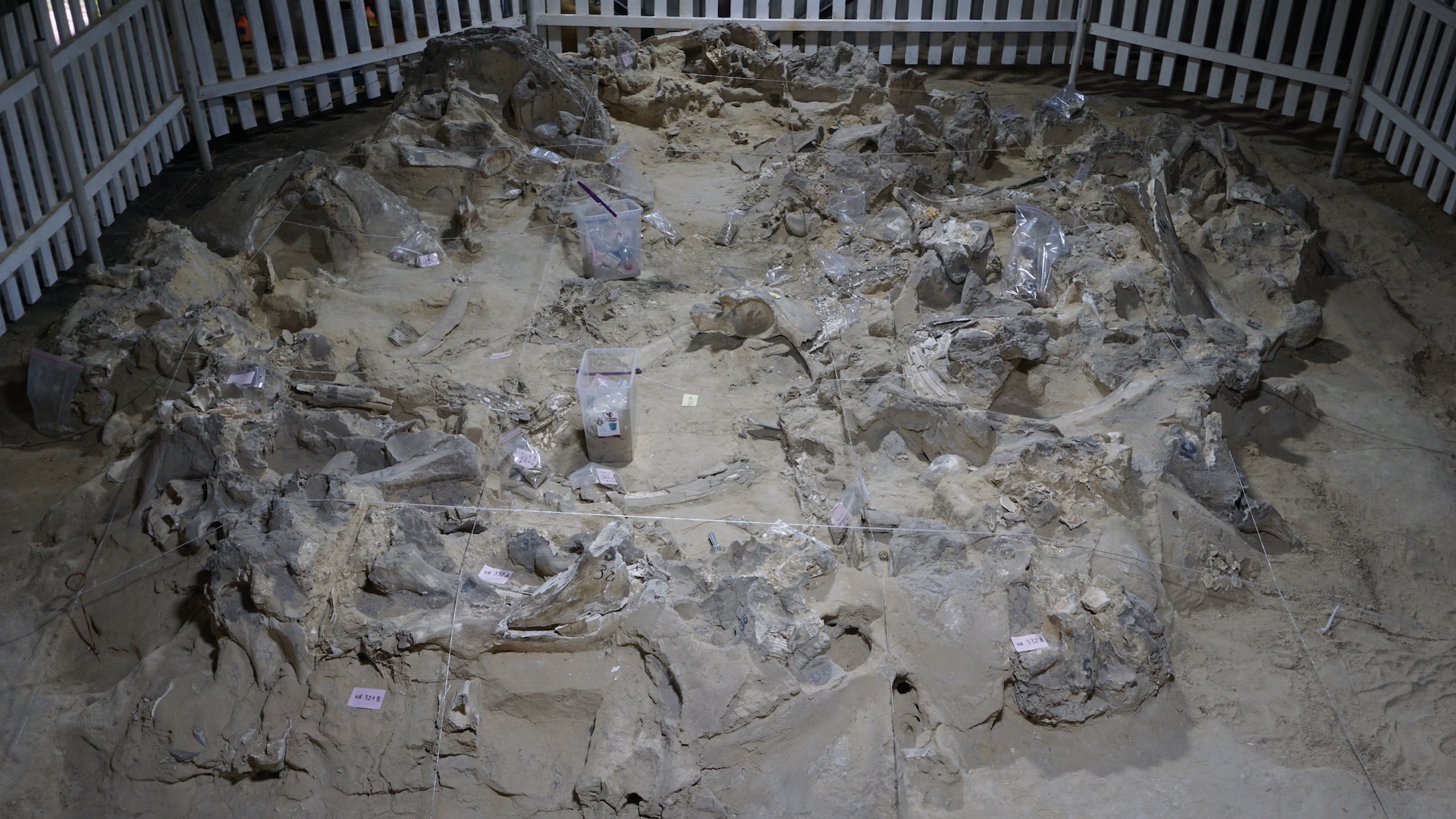Healthy Baby Mice Produced from Mouse Mom's Skin Cells

Starting with skin cells rather than egg cells, Japanese researchers say they have generated eggs that led to healthy mouse pups capable of living normal lives and reproducing.
Mammals, of course, have always reproduced via the sperm of one animal combining with the egg cell of another. But the new research started instead with a skin cell from a mouse's tail and transformed it into egg cells, then matured those eggs in a laboratory dish and finally fertilized them and implanted them into a female mouse.
Although only 1 percent of the cells led to live births, the animals that were born alive were healthy, fertile, and lived a normal lifespan, says Katsuhiko Hayashi, a stem cell biologist at Kyushu University in Fukuoka, Japan, and the senior author of a paper on the research, published Monday in Nature.
Although this process likely remains decades away from a stage at which it could work in people, the research suggests it may someday be possible for women who lack eggs, or for men without sperm, to get replacement cells made from their own skin. If that becomes possible it could extend the age of human fertility by decades, help preserve endangered animal species and someday perhaps allow same-sex couples to have their own genetic children.
In the meantime, several experts say they are highly impressed by the new study. "This is quite an amazing piece of research," says Azim Surani at the Gurdon Institute in Cambridge, UK. He was not involved in the latest work, but he supervised Hayashi's postdoctoral fellowship there. "People might have thought this was science fiction, but it does work," Surani adds.
In an earlier study published in Cell, Hayashi and his colleagues had shown that they could generate healthy mouse pups by maturing skin-cell-derived eggs inside the mouse mother. In the new work the maturation took place entirely in a lab dish, making it much closer to a process that could one day be used in people. "That's quite a remarkable feat, actually," Surani says.
Shinya Yamanaka won a 2012 Nobel Prize for his 2006 work transforming skin cells into stem cells that are theoretically capable of becoming any cells in the body. But Hayashi is one of just a few scientists worldwide trying to make germline cells from these so-called induced pluripotent stem (or iPS) cells.
Get the world’s most fascinating discoveries delivered straight to your inbox.
To transform a stem cell into a primordial egg cell, the researchers had to design an environment that recapitulated cell signaling and promoted development through several stages, says Shoukhrat Mitalipov, a reproductive and developmental biologist at Oregon Health & Science University, who was not involved in the study. "This is a tremendous amount of work. I have to congratulate the team. It's such a huge accomplishment," Mitalipov says.
Hayashi says his next step will be to try to repeat this process in a non-human primate, which will be much more complicated. To help mature the mouse egg cells he simply took supporting cells from the mother's ovaries. In a primate he will first need to generate these supportive cells from stem cells—something that has never been done before.
Hayashi says the mouse research has taken him four years, and he expects it would take at least twice that long to achieve the same results in people. It is far too early to try that, he says.
"At the moment I must say that this kind of system should not be used for the human, because there are big risks," he warns, adding that the process might lead to abnormal or seriously ill offspring. It may be possible to eventually make it safer by using a combination of technical improvements and advances in genetic analyses of embryos, he says. In a mouse it is ethically allowable to examine a large number of the embryos generated by research, and to accept the possibility—though not yet seen—that the pups might have genetic defects. Similar studies would not be possible in human research.
"In mice we can also work directly on the organism itself. We can look at events in vivo, introduce mutations and see what happens," Surani says. "In humans we need a culture system to study the germ line, because we can't do the kinds of experiments we can do in mice."
Surani admits there will be challenges to getting this type of reproduction to work in people, and suspects the process could take a long time—possibly one to two decades. But Hayashi's achievements so far make him confident of eventual success. "Sometimes when you know something is possible, it takes off the mental barriers you might have. You start being more optimistic," he explains. "I wouldn't say it's impossible. I think it is possible."
This article was first published at ScientificAmerican.com. © ScientificAmerican.com. All rights reserved.
Follow Scientific American on Twitter @SciAm and @SciamBlogs. Visit ScientificAmerican.com for the latest in science, health and technology news.



